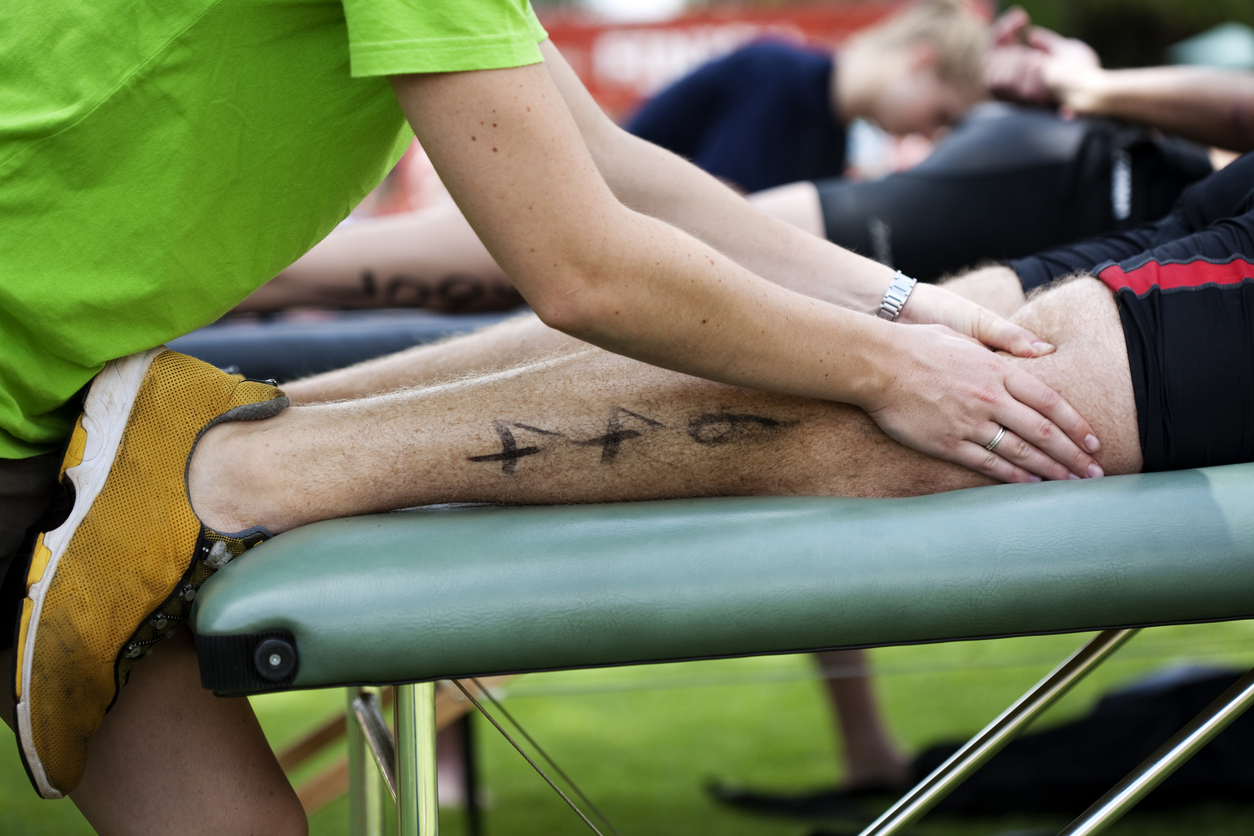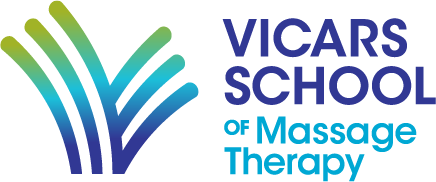When our crack team of distance-learning experts went looking for the perfect platform for teaching our core sciences online, they chose Moodle, a virtual learning environment that’s open source, secure, and easy for students and instructors to use.
Moodle and similar platforms have transformed the way education is delivered and consumed all over the world, and our blended-learning program at Vicars School of Massage Therapy makes the most of what’s offered.
Our curriculum team, led by Linda McGeachy, has put thousands of hours into creating and adapting course content and visuals to make the online portion of our program the dynamic, interactive, and effective experience that it is now. We have come a long way from the three-ring binders that we used to fill with assignments and resources for students working from home!
Making the switch to Moodle transformed more than the at-home experience, though. When we began to deliver the core sciences online instead of via classroom lectures, we freed up hours of in-class time for hands-on learning.
Vicars’ Moodle is the brain vault for the school. It houses all the academic and support material students will need for their two years at Vicars. All of our curriculum material is on it: resources that supplement in-class teaching; the two courses that are delivered online only; and wrap-around supports for students to make the most of their learning experience. It has everything our students and instructors need.
While that sounds promising, what does it mean for a first-year Vicars student, let’s say someone who has never heard of Moodle before? Is there a steep learning curve?
While many of our students have experience with on-line learning from high school or other post-secondary education, some students may have worked in jobs where computers weren’t used and have less experience online. But our systems manager and Moodle expert Heather McGeachy says students quickly become familiar and comfortable with using it.
“I’m available for them before they even start school, either through a Zoom tour or quite often in person,” Heather says. “It takes less than 20 minutes and I’ve never had a student come back after a one-on-one tutorial and say they don’t know what they’re doing or can’t navigate Moodle.”
That guidance begins as soon as students register with Vicars. They receive access to Moodle right away, and most take advantage of the head start by beginning their study of the first course, Anatomy and Physiology, as soon as possible. As part of the site introduction, students follow a sequence of steps to learn the school’s policies and how the Moodle site works.
The policy review used to happen on Day One of class, but that’s a busy day, so doing it on Moodle is a good way to make sure it the content is well understood. At the end, there is a short quiz as a low-stakes introduction to the way we measure learning progress on Moodle.
Moodle also has forums for each class that include the instructors, as well as a school-wide forum for all current students at both campuses.
“Our virtual student lounge is the online space for students to connect with classmates across the entire school,” says Heather. “They can use it to set up study groups or carpools and buy and sell used textbooks and supplies.”
A deeper dive into Moodle takes a first-year student to the two online courses that they complete virtually. “Only Anatomy & Physiology and Pathology are done entirely online,” says Linda. “They’re the only two courses that are not taught in class and that students are responsible for doing outside of classroom time.” Once registered students have access to Moodle, they can complete as many of the chapters and units as they have time for.
“Quite often, before the end of second year, students will have completed one or both of the online courses and be ready to write their final exam,” says Linda. There are opportunities for writing the final in-person throughout the year.
For students, especially those with work and or family commitments, the flexibility of working in their own time and at their own speed is a definite plus. “Pulling the core sciences out of the program in class allowed for more time for students to practice hands-on,” says Linda. “And instructors have more interaction with the students learning in class.”
Moodle also houses all of the day-to-day material for the rest of the curriculum. “There are checklists, what to read, what assignments to do, what to hand in, quizzes, and each student can see their current marks at any time” says Heather. The material also prepares students for the next module of learning.
That advance preparation makes maximum use of instructors’ knowledge and expertise. “Students walk into the classroom and know what the instructors are going to talk about in that module because they’ve had to complete the online material in advance,” says Linda.
Linda and her team develop not only the curriculum content but the video resources on the Vicars Moodle that complements the in-class learning process. Because instructors may only have one chance to demonstrate a technique, the videos serve as references for students when they are practicing and perfecting techniques.
“We make our own videos so that we have the right content in Moodle. There are all kinds of things out there online, but we want to ensure students have the specific material they need to train properly,” she says.
Keeping the focus on quality and consistency, the team have developed and centralized all the curriculum content to be taught. “Instructors don’t develop the content,” says Linda. “Instead, we’ve developed all of the PowerPoints that they use as the backbone of their lesson plans.”
“The important thing for us at Vicars is that the material we have for students is of the consistent quality that we know they need to succeed,” says Linda. What this means for students is that no matter which class they are in on either campus, the same high-quality material is delivered to each person in the same way. Students benefit by getting a consistent approach to a core understanding of the massage practice.
Instructors develop their lectures from the Vicars-customized PowerPoint notes. And if a textbook goes out of date, the PowerPoints are updated. Adding a new textbook in the place of an outdated one can take months of work: it is never enough for the Vicars curriculum team to just purchase a publisher’s package.
“When we ask for feedback about the Moodle experience, students say that it’s easy to use and works well,” says Linda. “And that’s largely because we live in an online world so there’s familiarity. What they tell us they really appreciate are the many (custom) resources that we’ve developed and provide for them. They have all they need for success right there.”




